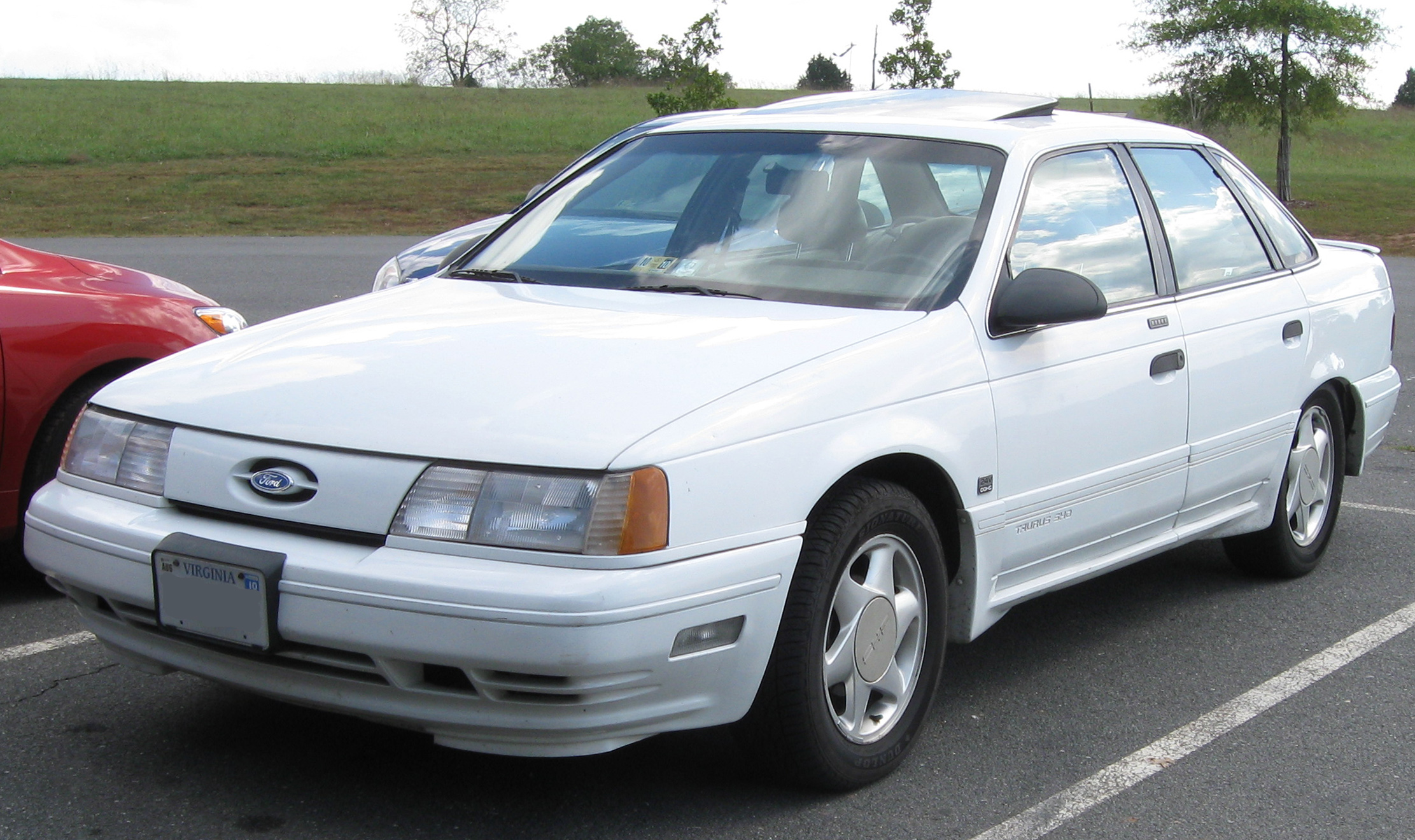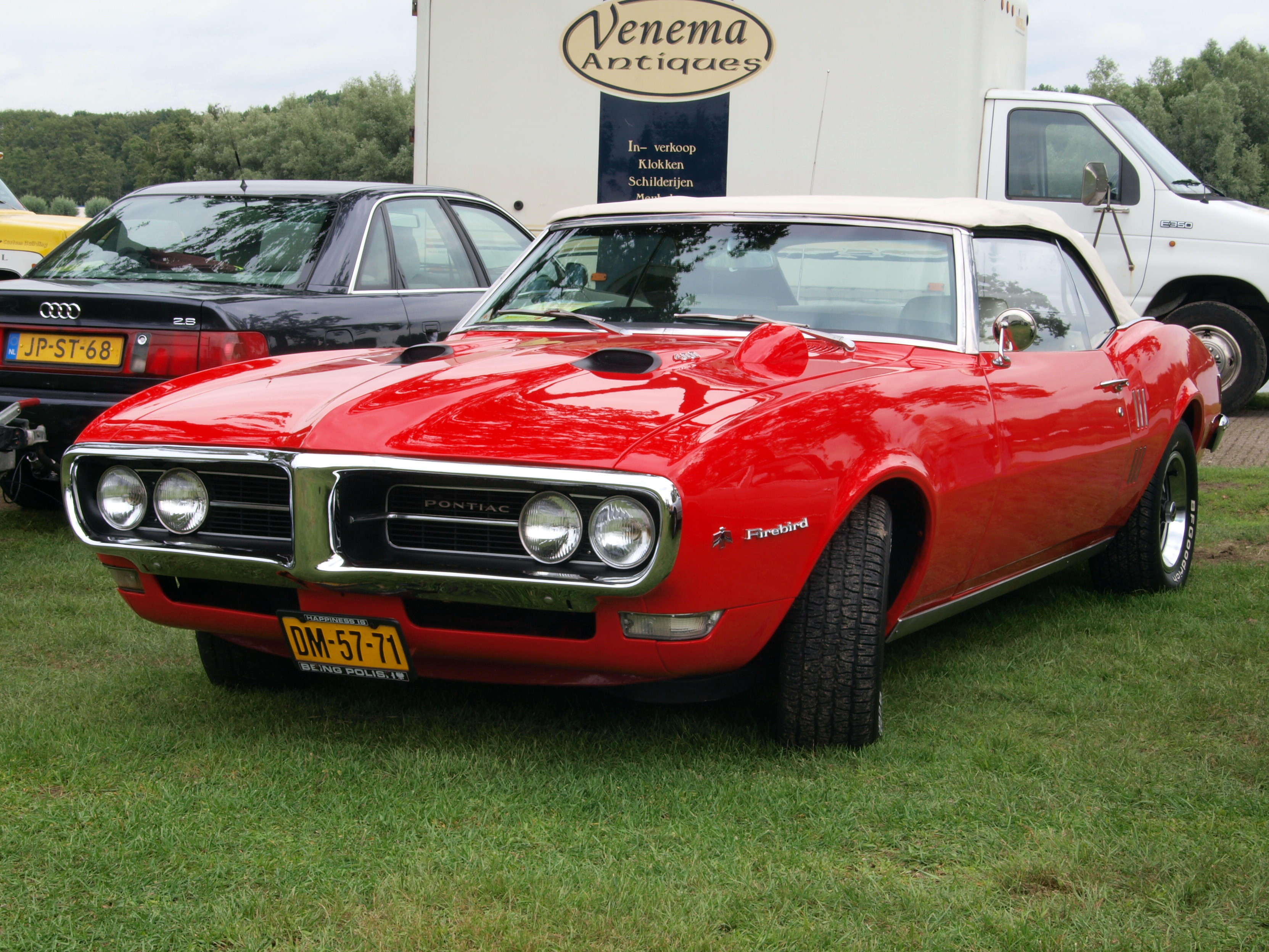Exploring the High Cost and Appeal of Overvalued American Muscle Cars

The American muscle car is not just a car, it’s a cultural icon, synonymous with power, speed, and a bit of rebellious spirit. These vehicles hold a special place in the hearts of car enthusiasts and collectors, leading to a dynamic and often volatile market. Over the years, we’ve seen significant shifts in the value of these automobiles. The muscle car market has matured considerably, boasting a robust foundation of dedicated enthusiasts and collectors.

One major market swing occurred during the 2008 recession. Muscle car values plummeted, only to experience a gradual recovery over the years. However, the recent cooling of the market shows a different pattern. The decline has been much softer compared to 2008, indicating a ‘soft landing’ for muscle car values. Understanding these trends is crucial for both enthusiasts and investors in the market.

1. **1968–72 Chevrolet Chevelle SS**: Known for its style and performance, the Chevelle SS is a staple in the muscle car community. The 1970 LS6 Chevelle, with its 454-cid big-block V-8, claimed the highest advertised output at 450 horsepower for decades. However, with the market cooling, even this top-tier model has seen a decrease in value by six percent on average for coupes.

2. **1969–70 Ford Mustang Boss 429**: Ford’s legendary Boss 429, a powerhouse pony car, is recognized for its rarity and performance. Despite its strong collector interest, the Boss 429 values have decreased by seven percent recently. This drop reflects the broader trend affecting high-value muscle cars in the current market.

3. **1967 Shelby GT500**: The first major update to the Mustang, the 1967 Shelby GT500, is a beloved collector’s item. Known for its aggressive styling and performance, it’s a car that commands attention. Unfortunately, even these high-profile vehicles are not immune to market trends, with a reported six percent drop in value over the past quarter.

4. **1969–72 Pontiac Grand Prix**: While technically a personal luxury vehicle, the Pontiac Grand Prix combines luxury with performance, making it a unique contender in the muscle car arena. Despite its capabilities, the Grand Prix has seen a four percent average decline, with lesser condition models dropping significantly more.

5. **1969–70 Pontiac GTO Judge**: Known for its vibrant colors and robust performance, the GTO Judge remains a sought-after muscle car. Despite its iconic status, the market has seen a nine percent decline for 1969 models. This indicates a shift towards more equilibrium after previous rapid growth.
6. **Buick Gran Sport 455 Stage I**: Though not the most famous, this big Buick offers impressive torque and performance. Despite being less renowned than its counterparts, the GS455 stands out with its power, but undervaluation persists.

7. **1989 Pontiac Turbo Trans Am**: The Turbo Trans Am, with its turbocharged V6, stands as an overlooked gem from the late ’80s. Its performance is similar to that of the GNX but often goes unnoticed, leading to lower prices despite its capabilities.

8. **Chevrolet Impala SS**: This full-size car transformed from a mundane vehicle into a performance powerhouse with a Corvette engine. Its reputation as a stealth driver’s car has grown, yet it remains undervalued compared to more popular muscle cars.

9. **1971 AMC Hornet SC/360**: Often overshadowed by its competitors, the AMC Hornet SC/360 is a hidden treasure in the muscle car world. Weighing in at just over 3,000 lbs, this car was relatively quick for its time. The SC/360 variant delivered 285 horsepower, offering a commendable sub-7 seconds for 0 to 60 mph and mid-14s in the quarter-mile. Despite not having the eye-catching aesthetics of contemporaries like the Nova, its performance and handling capabilities make it a noteworthy mention.

10. **Dodge Demon/Plymouth Duster**: The Demon and the Duster from Dodge and Plymouth respectively were designed to compete with the Nova SS without affecting their own larger muscle car sales. With available 340 or 360 V8 engines and a 4-speed manual transmission, these compacts weighed in at about 3,000 lbs. They provided a thrilling driving experience akin to traditional muscle cars without the hefty price tag, making them an appealing choice for enthusiasts who appreciate performance without breaking the bank.

11. **Dodge Magnum SRT8**: Understated yet powerful, the Dodge Magnum SRT8 is a classic example of a muscle car disguised as a wagon. Built on a dated Mercedes-Benz chassis, the Magnum SRT8 packs a punch with its 425 horsepower Hemi V8 engine. It offers impressive acceleration and the thrill of rear-wheel drive burnouts, although handling and braking may not be its strongest suits. Despite these quirks, the Magnum SRT8 remains an intriguing blend of utility and performance, making it often overlooked in the muscle car realm.

12. **Ford Taurus SHO**: While the Taurus might not scream muscle car, the SHO variants defy expectations. Particularly, the sixth-generation model with a 365 horsepower 3.5L V6, twin turbos, and all-wheel drive stands out. It’s the heaviest SHO but compensates with luxury, capability, and reliability, rivaling many performance-oriented cars of its era. Despite being front-wheel drive in earlier generations, the Taurus SHO earns its place on this list for its unique approach to delivering exhilarating performance.

13. **Ford Torino GT**: Transforming the rather pedestrian Fairlane into a desirable muscle car, the Ford Torino GT offered V8 engines like the 390 and 427, with the 428 Cobra Jet as the standout option. Available in coupe, fastback, or convertible, the Torino GT provided a blend of luxury and performance, delivering low 14-second quarter-mile times. This ’60s icon managed to outperform some of its successors, proving that its legacy is well-earned.

14. **GMC Syclone**: Although a truck, the GMC Syclone boasts bona fide muscle car credentials. With a turbocharged 4.3L V6, the Syclone delivers rapid acceleration, clocking 0 to 60 mph in just 5.3 seconds. Known for its straightforward suspension and focus on straight-line speed, this compact pickup surprisingly outpaced many sports cars of its time. Its unique blend of utility and performance ensures the Syclone remains a distinctive entry in muscle car history.
.jpg/1920px-1971_Jensen_Interceptor_MkII%2C_front_left_(USA).jpg)
15. **Jensen Interceptor**: Bridging the gap between British elegance and American muscle, the Jensen Interceptor is a grand tourer with muscle car sensibilities. This stylish British coupe houses a powerful 440 cubic inch Chrysler V8, offering a unique driving experience that combines high-speed handling with refined interior comforts. While it may not fit the traditional American muscle car mold, the Interceptor’s charm and power make it a worthy inclusion on this list.

16. **Pontiac Firebird Formula 400 WS6**: As the muscle car era wound down, the 1977 Pontiac Firebird Formula 400 WS6 emerged as a beacon of performance. Despite a modest 220 horsepower output, the WS6 package enhanced its handling with sway bars and improved springs. Offering a glimpse into the future of performance cars, the Firebird Formula 400 WS6 kept the spirit of muscle cars alive, proving that even as the landscape changed, Pontiac’s commitment to performance remained unwavering.

The enduring allure of muscle cars lies not just in their raw power and performance, but in their ability to evoke a sense of nostalgia and admiration. Whether it’s the lesser-known gems or the iconic legends, each model tells a story of innovation and passion in automotive history. As market dynamics continue to shift, these vehicles will always hold a cherished place in the hearts of enthusiasts and collectors alike.
Related posts:
Muscle Car Atrophy: 5 Classics That Lost Value This Summer
Here Are The Most Over-Valued Old Cars
33 of the Most Underrated, Overlooked & Underappreciated Muscle Cars
Discover more from Auto Travel World
Subscribe to get the latest posts sent to your email.












